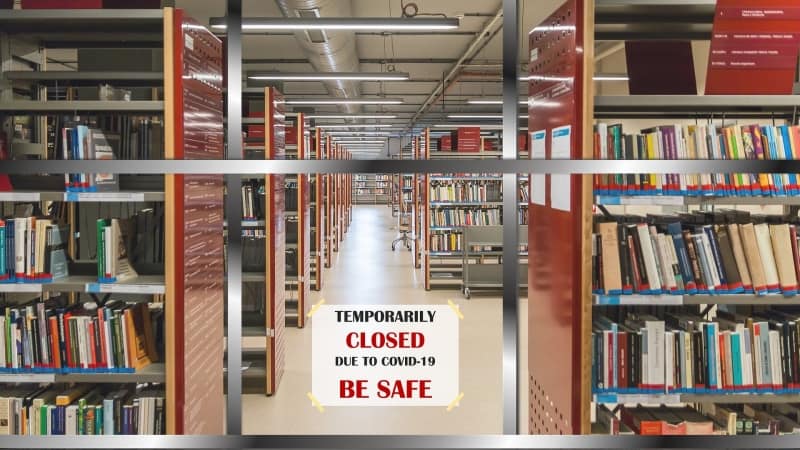Covid 19 Employment Law Series: Furloughing ‘at risk’ employees.

Can ‘shielding employees’ (those who are extremely vulnerable to a Covid 19 infection) be furloughed; and what of that wider group, including pregnant women and those over 70, thought to be more at risk than the population at large, many of whom have been sent home by their employers on health and safety grounds?
The statutory basis for the Coronavirus Job Retention Scheme (‘CJRS’) runs to just one sentence of 22 words: ‘Her Majesty’s Revenue and Customs are to have such functions as the Treasury may direct in relation to coronavirus or coronavirus disease.’[1] So if the Treasury directs HMRC to make payments related to coronavirus, HMRC may make those payments; and on 15th April, that is exactly what the Chancellor of the Exchequer directed. He allowed HMRC to reimburse employers for the expense of retaining ‘furloughed’ employees, subject to certain well-defined limits.
The scheme’s definition of a furloughed employee is a broad one. It does not apply merely to those whose work has diminished as a result of coronavirus measures; but extends to those instructed not to work for the employer for more than 21 days ‘by reason of circumstances arising as a result of coronavirus or coronavirus disease’[2]. On the face of it, that would extend to older, clinically vulnerable or pregnant employees who have agreed with their employers that they should cease work to self-isolate. But there is a wrinkle.
The CJRS does not apply to employees if at the time they are instructed to cease work (which apparently means when the employee and employer have agreed it in writing[3], although that is an issue for another day) they are entitled to SSP. That differs, incidentally, from the latest HMRC Guidance on the operation of the scheme, which states that an employer can furlough an employee on sickness absence. However, the Direction is what gives HMRC the power to make the payments, so the Direction must, it seems to me, take precedence. HMRC is a creature of statute, and would be acting beyond its authority were it to do otherwise.
It is necessary then, to consider whether vulnerable employees are covered by the SSP Regulations, and in particular the 3 recent sets of amendments made as a result of Coronavirus:
o Between 13th March and 27th March 2020 anyone ‘isolating himself from other people in such a manner as to prevent infection or contamination with coronavirus’ was entitled to SSP providing they were acting in accordance with guidance published by Public Health England. That, I think would cover those with symptoms of coronavirus, but not those with an underlying health condition, the over 70s or pregnant women, as they were advised merely to practice ‘social distancing’ rather than to isolate.
o From 28th March to 15th April 2020 a second amendment made explicit that only those persons with symptoms of coronavirus or who lived with a person with symptoms would be entitled to SSP.
o Since 16th April 2020, however, the entitlement has been broadened to include those people were defined in public health guidance as ‘extremely vulnerable’ because of an underlying health condition and who had been notified to ‘follow rigorously shielding measures’. That does not include pregnant employees or the merely elderly.
The upshot is that (assuming the other conditions are complied with) an employer can make a claim under CJRS for employees who have been instructed to cease work because of age, an underlying health condition, or because they are pregnant; except that there is a lacuna if the instruction was given after the 15th April and the employee is one of those who had received a notification that they were especially vulnerable. Whilst that seems like a peculiar exception to make, it is unlikely to catch many employees in practice, because where such employees cannot work from home, they are likely to have ceased work long before that date.
But what of those other at risk and pregnant employees who agreed to go home and self-isolate, believing that it was the right thing to do, and (erroneously in my view) believing they would be entitled to statutory sick pay? It seems to me that an employer that sought to avoid paying them their full contractual pay is likely to find themselves in some difficulty. Firstly, employees sent home in the mistaken belief that they were required to self-isolate are likely to be contractually entitled to their normal pay. Additionally, employers who do not pay such employees are also likely to face a discrimination claim, under sections 18 of the Equality Act for those sent home because they were pregnant, or on the grounds of age, disability or both for those sent home for other reasons[4]. Finally, pregnant women have an entitlement to full pay under section 68 of the ERA if they are suspended in certain circumstances, which arguably would be engaged.
There are many reasons why an employee might agree to be furloughed: as an alternative to redundancy or lay off, to take over childcare in place of a closed school, to protect an exceptionally vulnerable person in the same household, or if they themselves are exceptionally vulnerable. To me, at least, it seems odd that it is only the latter category (and only since last week) that cannot be furloughed. My guess is that it is merely an unintended consequence of the interplay between two sets of hastily drafted rules; and that a correction will not be long in coming.
The article in full as a pdf can be viewed here.
[1] Section 76 of the Coronavirus Act 2020. In addition, section 71 of the Coronavirus Act 2020 allows a single Treasury minister to give that direction.
[2] Paragraph 6.1 of Schedule to the Treasury Direction
[3] Paragraph 6.7
[4] Although there may technically be an objective justification defence, that would seem a tough sell if the bulk of the salary could be recouped from HMRC










